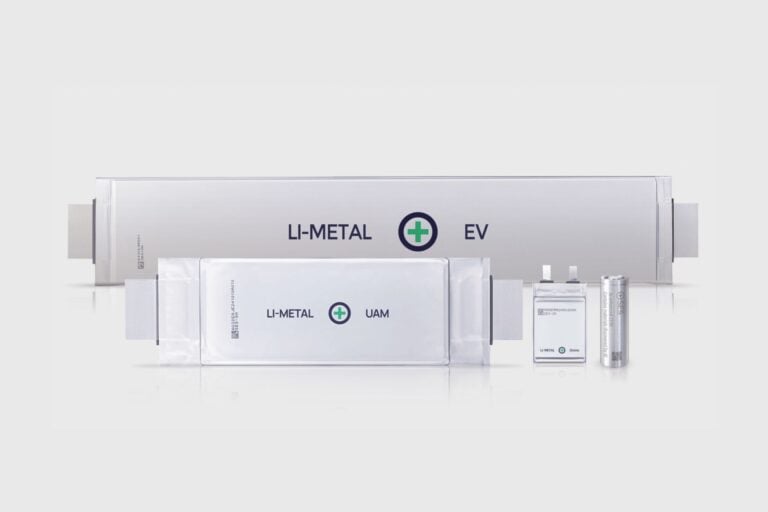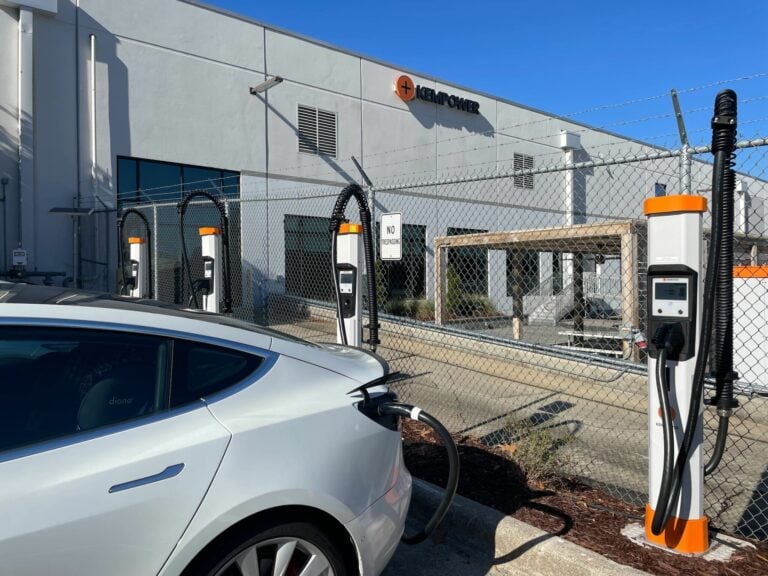What’s Happening
Stellantis and Saft, in partnership with academic institutions, have unveiled a ground-breaking prototype for an energy storage battery, labeled the Intelligent Battery Integrated System (IBIS). The IBIS project, a cooperative venture based in France, integrates the charger and inverter functions into lithium-ion battery modules, replacing them with electronic conversion cards. This technology signifies a major innovation for mobile and stationary energy storage, intending to make it commercially available in Stellantis vehicles before the decade concludes.
Why It Matters
This innovation, formulated over four years by a 25-person team from the French National Centre for Scientific Research (CNRS), Stellantis, and Saft, is pivotal for the evolution of electromobility. It offers potential for a considerable paradigm shift in designing electric powertrains. By integrating the inverter and charger functions, the battery’s efficiency is significantly boosted, contributing to a longer electric vehicle range, reliability, and cost reductions. It also frees up critical space within the vehicle.
Key Points
The key elements of the IBIS project include:
- The energy storage battery is more efficient, enhancing vehicle range, reliability, and cost-effectiveness.
- The integration of charger and inverter functions into battery modules eliminates the need for separate components, thus freeing up space in the vehicle.
- By placing the electronic conversion boards close to the lithium-ion battery cells, the control system can produce alternating current for an electric motor directly from the battery.
- The IBIS project team is now focusing on constructing a fully functional prototype vehicle for testing.
Bottom Line
Stellantis’ Chief Engineering & Technology Officer, Ned Curic, stated that this “revolutionary battery system” could be a pivotal development in their commitment to offering useful, advanced technology to customers. In addition to providing solutions for electric vehicles, Saft is also looking forward to offering turnkey installations with improved battery availability, optimal energy usage, and a smaller footprint in the field of stationary energy storage and renewable energy integration.
Cedric Duclos, Saft’s Chief Executive Officer, believes the project to be a transformative one for electric mobility and stationary energy storage, further enhancing the company’s reputation for battery innovation. IBIS’s architecture is expected to simplify maintenance and upgrades while also reducing a site’s carbon footprint, thus providing a competitive edge in the growing markets of battery solutions for electric vehicles and stationary storage.








